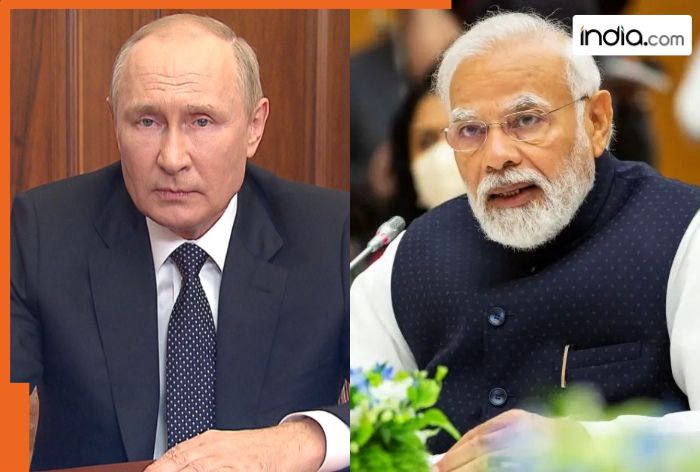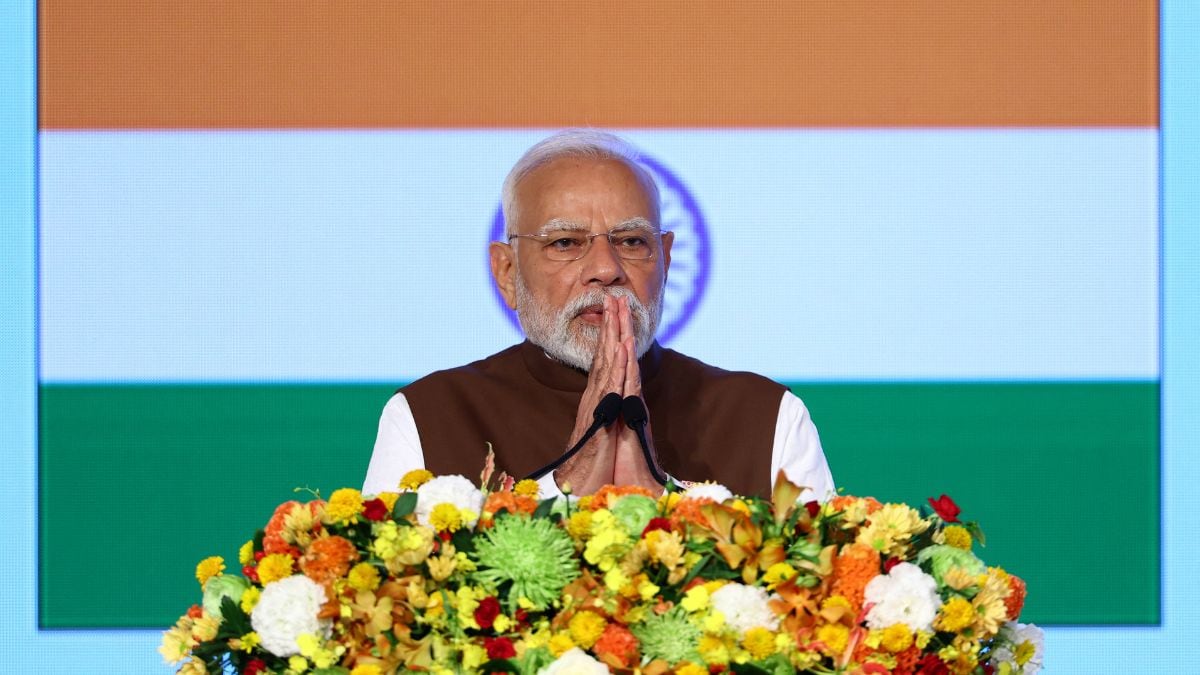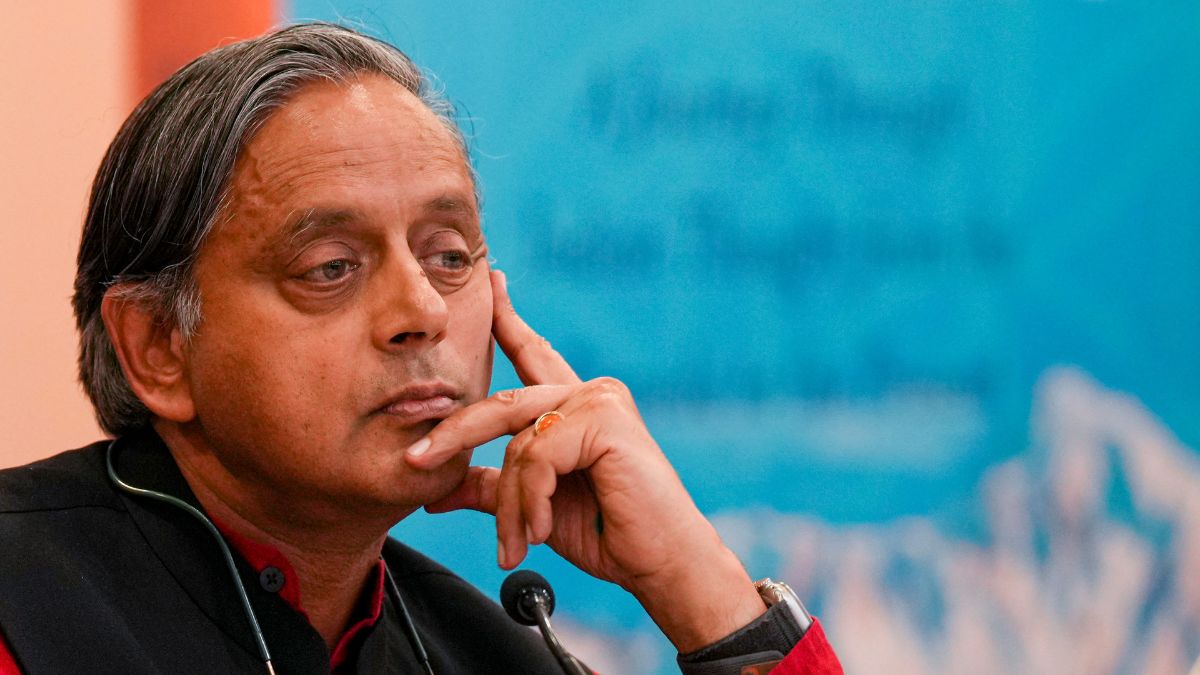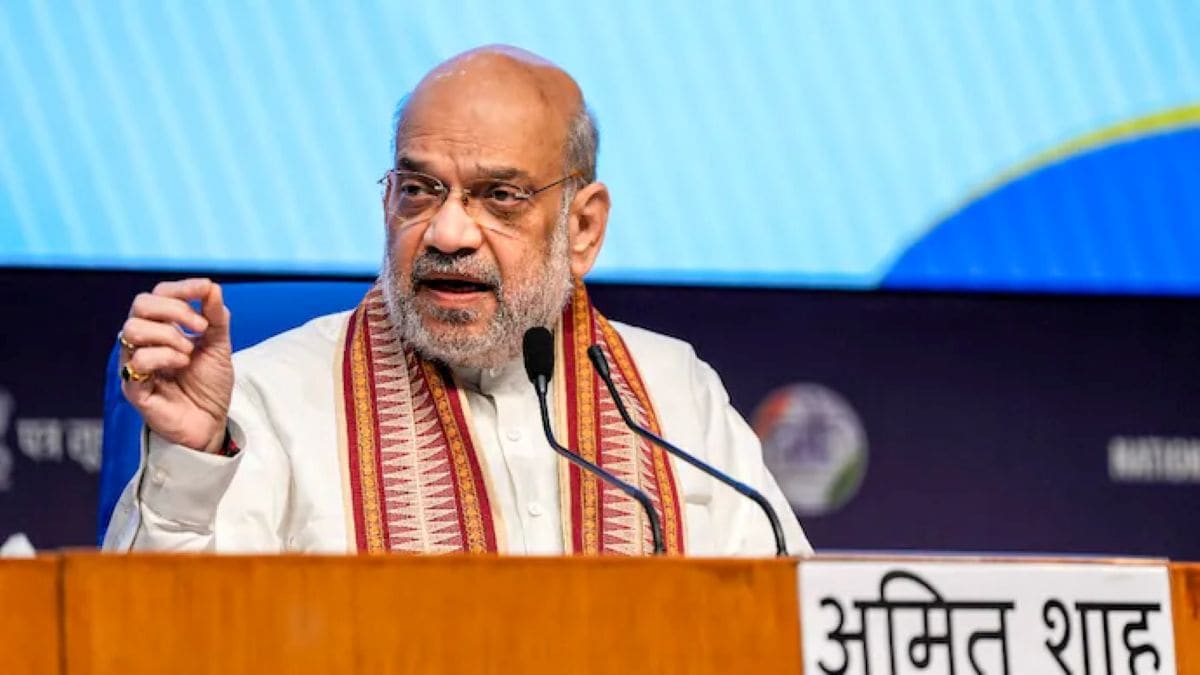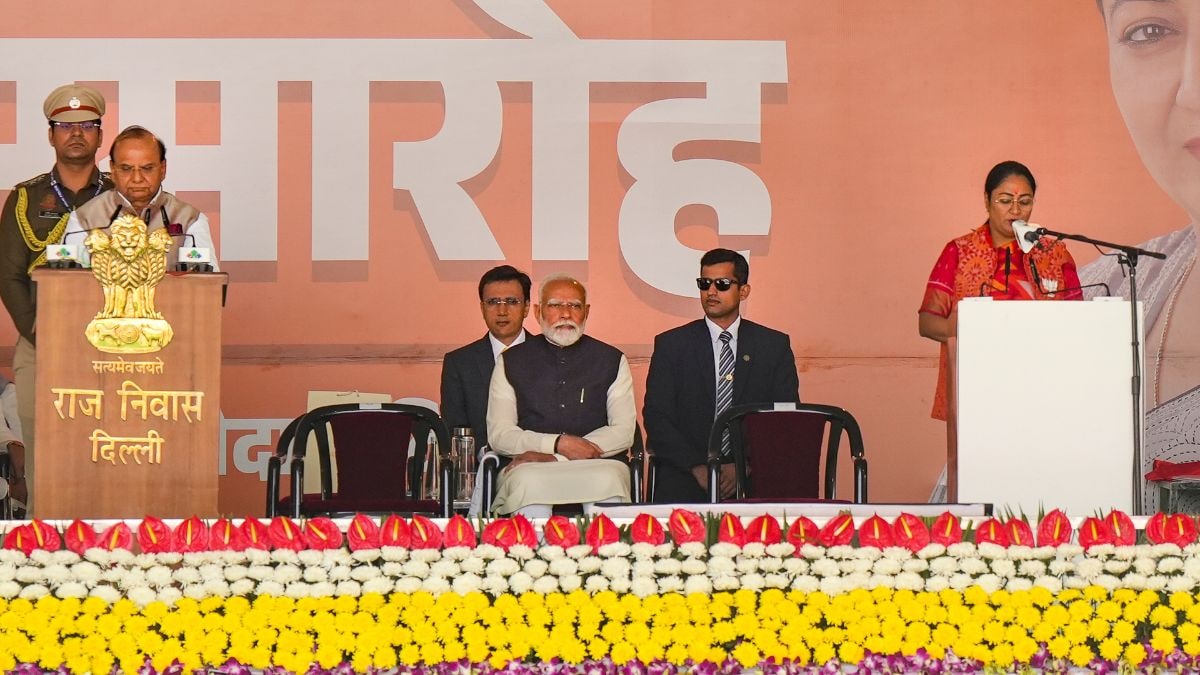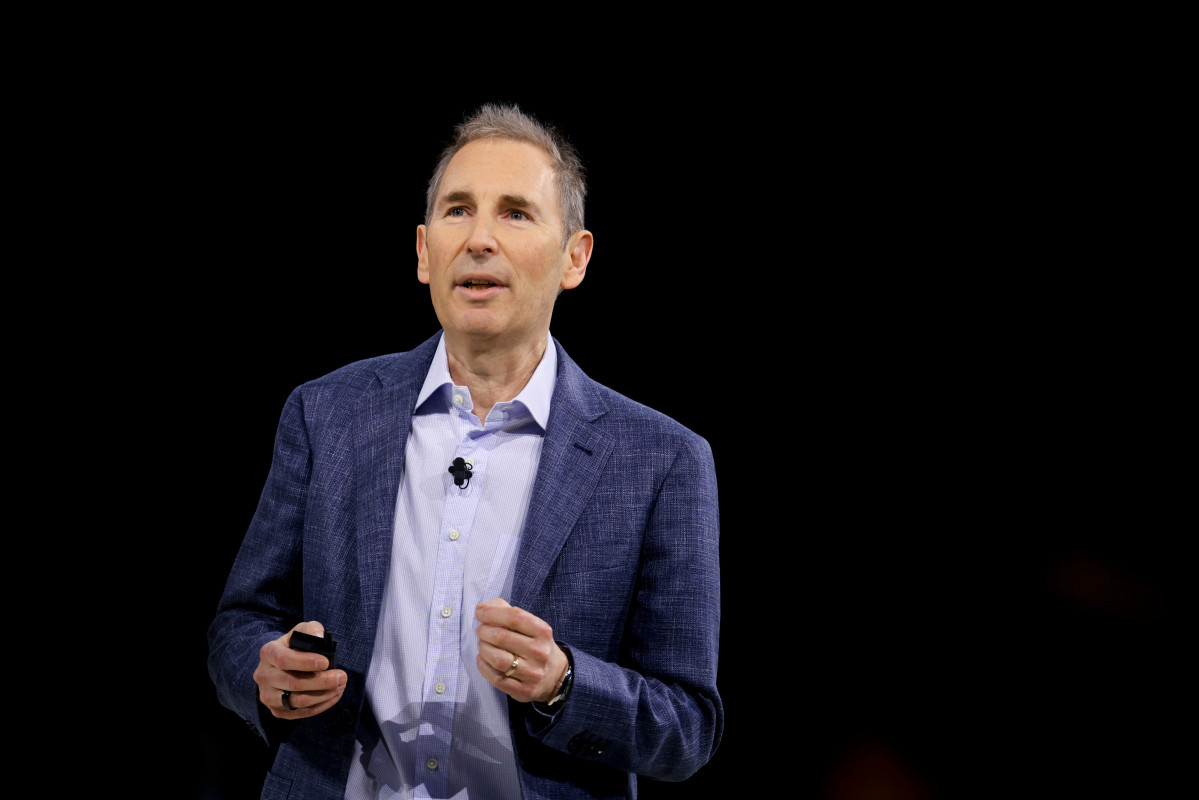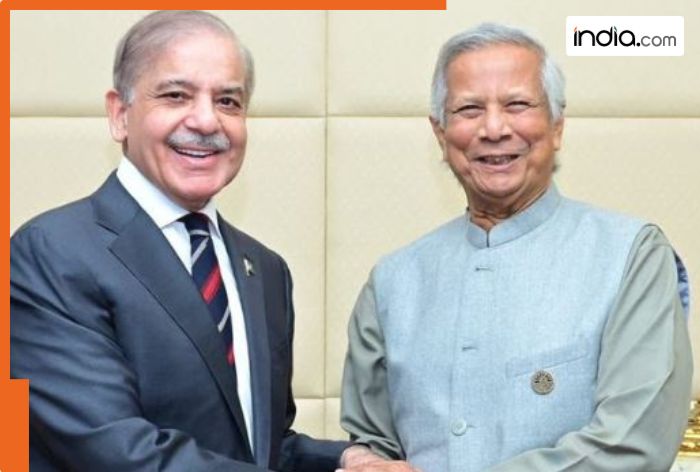Shutdown clouds Federal Reserve interest rate cut decision
Should investors, businesses, and consumers expect interest rates to continue to drop through the end of this year and into the next? The answer depends on a divisive Federal Reserve, the nation’s independent central bank which sets monetary policy by balancing inflation and jobs to control the ...
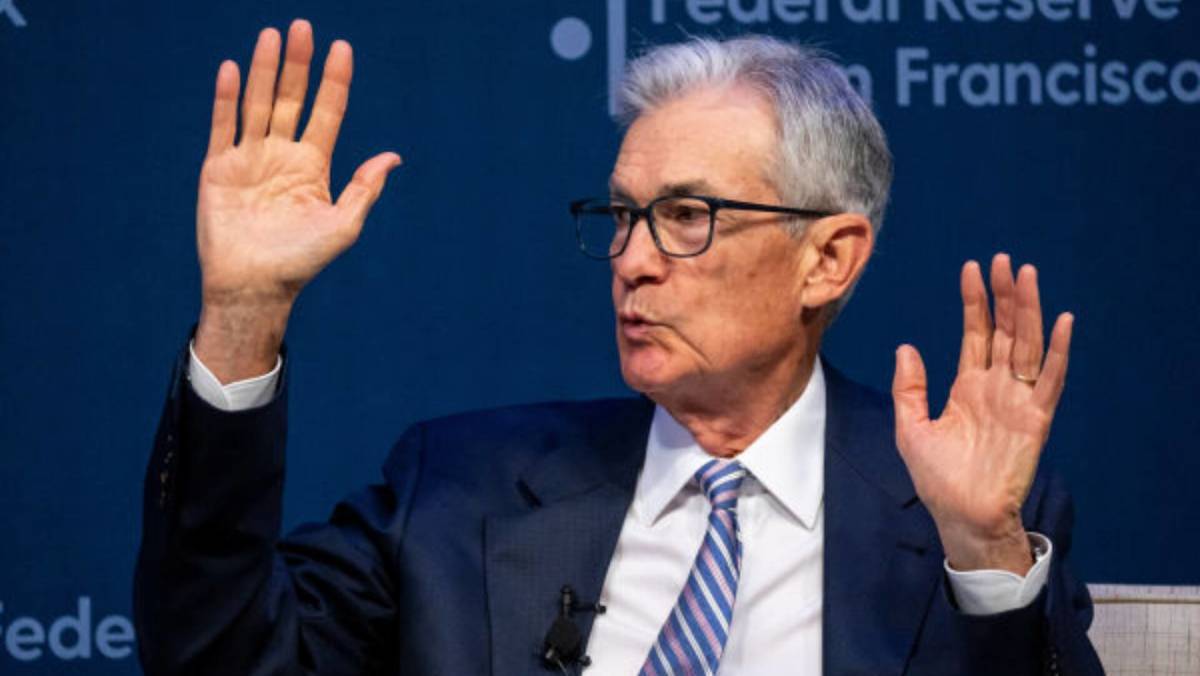
Should investors, businesses, and consumers expect interest rates to continue to drop through the end of this year and into the next?
The answer depends on a divisive Federal Reserve, the nation’s independent central bank which sets monetary policy by balancing inflation and jobs to control the costs of short-term borrowing.
The combination of cooling but sticky inflation, the government shutdown and a historically data-driven Fed have converged into making an October interest-rate cut all but certain.
But there are questions percolating about the path of future easing because the shutdown has paused multiple key economic indicators, especially from the Bureau of Labor Statistics, that the Fed uses to set monetary policy. Image source: Caballero-Reynolds/AFP via Getty Images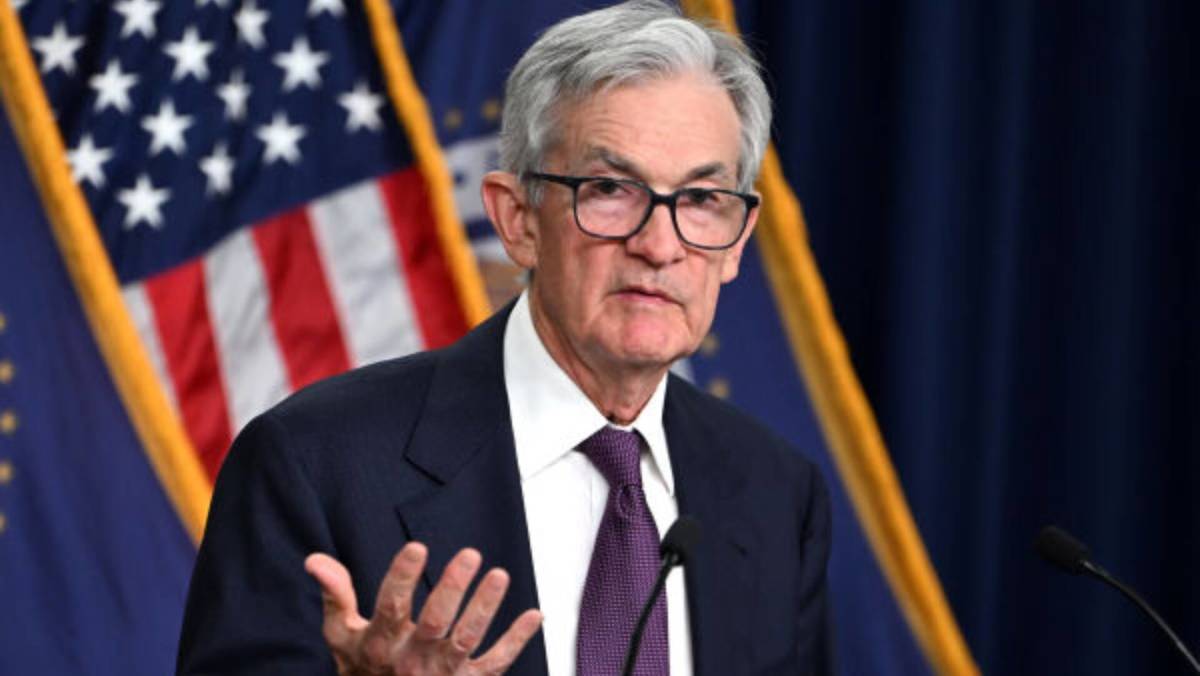
Markets support October interest rate cut
The widely watched CME Group FedWatch Tool shows a 97.8% chance of a quarter-percentage point reduction to the Federal Funds Rate during the Federal Open Market Committee meeting Oct. 29, which would bring the federal funds target to about 3.75% to 4.00%.
Traders embraced the cut after the Consumer Price Index (the only leading indicator that reported September figures) came in cooler than expected.
More Federal Reserve:
- Bank of America hiring data rings alarm on economy
- Fed Chair Powell’s surprising words may cause mortgage rate tumble
“Soft inflation gives the Fed cover to ease,” Michael Feroli, chief U.S. economist at JPMorgan Chase, told the Associated Press.
- Fed Chair Jerome Powell’s recent remarks helped cement investor expectations for at least one more cut this year.
- Beyond that, well, the path appears murky to some right now.
The Fed balances jobs, inflation, and interest rates
Feroli and other economists say the committee’s decision will balance inflation that is still above the Fed’s 2% target against mounting evidence that the labor market is weakening.
With the government’s primary statistical agencies shuttered, private sector data fills some gaps but often lacks credibility or timeliness, leaving the Fed in a “data fog.”
Related: CPI inflation data arrives as Fed interest rate decision looms
These missing data points are essential for the Fed’s dual mandate: maximum employment and stable prices.
Without fresh data, the Fed risks misjudging the economy’s trajectory.
Fed faces mounting political pressure
President Doland Trump's pressure on the Fed has taken many forms. He:
- Repeatedly criticized the Fed’s rate decisions since he took office in January.
- Demanded cuts as deep as three percentage points to boost the lagging U.S. housing market and reduce interest payments on the national debt.
- Reportedly pushed for more aggressive cuts to stimulate growth ahead of 2026.
U.S. government shutdown muddies economic data
The shutdown began Oct. 1 and shows no signs of a resolution. This requires the Fed to consider partial or private-sector indicators.
Economists warn that if the shutdown persists, the central bank will be left without crucial information that could complicate the timing and size of subsequent rate cuts.
“The Fed faces its next decision largely flying blind if the shutdown drags on,” Gregory Daco, chief economist at EY-Parthenon, told Reuters.
A divisive Fed ponders a “meeting by meeting” approach
Some economists interpret Powell's recent remarks about “meeting by meeting” approach to rate cuts as a modest, deliberate easing path, not a rush to aggressive stimulus.
The consensus among economists polled by Reuters and other outlets points to another cut this week and at least one more before year-end, though internal Fed debates and potential data surprises could change that calculus.
- If the government reopens and fresh readings show inflation rebounding or job growth strengthening, the Fed could slow the pace of easing.
- Conversely, a protracted shutdown or worsening labor metrics would increase pressure for additional, faster cuts.
Related: New CPI data resets December Fed interest rate cut
What's Your Reaction?










